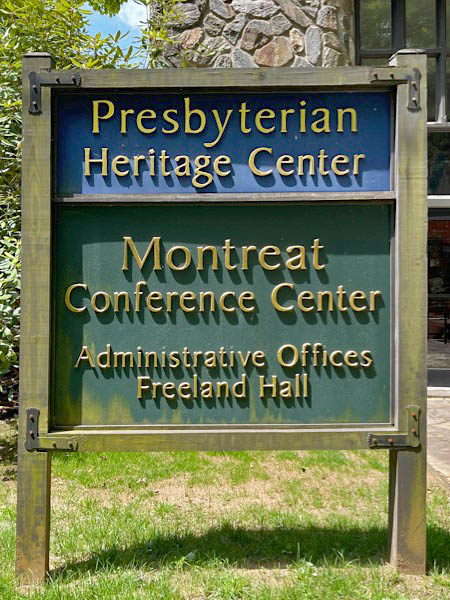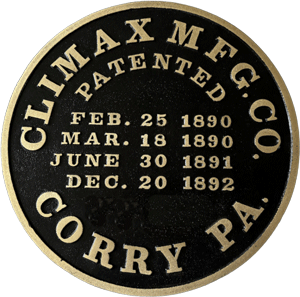

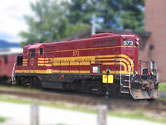
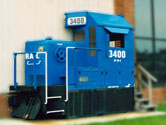






 |
Presbyterian Heritage CenterRemembering Montreat's Mount Mitchell Railroad |
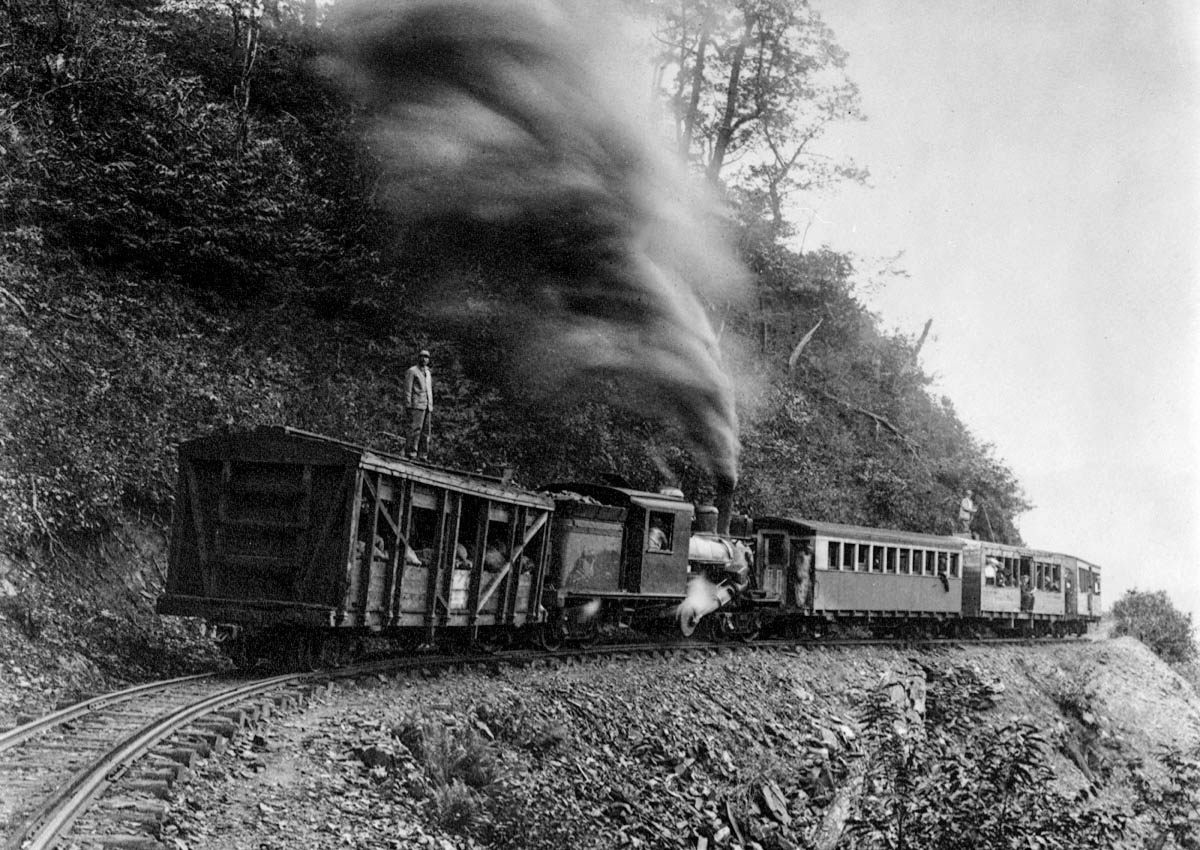
collection


 oday, you can drive a scenic highway almost all the way to the crest of the highest elevation east of the Mississippi. As an old mountain ballad noted, it wasn’t always so easy: “It’s a long hike to old Mt. Mitchell, it’s a long way to go,” the song went. “It’s a long hike to old Mt. Mitchell, the highest peak I know.”
Scaling the 6,683-foot mountain was indeed a hard slog. After all, Elisha Mitchell, who famously documented Mt. Mitchell’s height and posthumously gave his name to it, plunged to his death there during a climb in 1857. But early in the 20th century, commercial explorers created motorized routes that put Mt. Mitchell’s summit increasingly within reach.
oday, you can drive a scenic highway almost all the way to the crest of the highest elevation east of the Mississippi. As an old mountain ballad noted, it wasn’t always so easy: “It’s a long hike to old Mt. Mitchell, it’s a long way to go,” the song went. “It’s a long hike to old Mt. Mitchell, the highest peak I know.”
Scaling the 6,683-foot mountain was indeed a hard slog. After all, Elisha Mitchell, who famously documented Mt. Mitchell’s height and posthumously gave his name to it, plunged to his death there during a climb in 1857. But early in the 20th century, commercial explorers created motorized routes that put Mt. Mitchell’s summit increasingly within reach.

 Located in beautiful Montreat, North Carolina, east of Asheville, the Presbyterian Heritage Center is an independent non-profit organization dedicated to collecting and preserving records and materials of all the Presbyterian and Reformed churches in the region. The PHC is the successor to the Friends of the Historical Foundation, whose mission was to support the former Historical Foundation operation in Montreat before its parent denomination closed that facility to consolidate its materials with another Foundation in Philadelphia. Among current exhibits and displays that interpret Presbyterian history in the region, the Center has also constructed an N-scale layout and related displays to interpret the history of the nearby Mt. Mitchell Railroad.
Located in beautiful Montreat, North Carolina, east of Asheville, the Presbyterian Heritage Center is an independent non-profit organization dedicated to collecting and preserving records and materials of all the Presbyterian and Reformed churches in the region. The PHC is the successor to the Friends of the Historical Foundation, whose mission was to support the former Historical Foundation operation in Montreat before its parent denomination closed that facility to consolidate its materials with another Foundation in Philadelphia. Among current exhibits and displays that interpret Presbyterian history in the region, the Center has also constructed an N-scale layout and related displays to interpret the history of the nearby Mt. Mitchell Railroad.
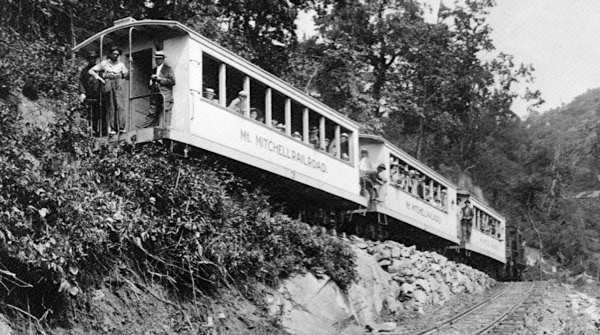 The Mt. Mitchell Railroad was a narrow gauge logging and tourist railway operation in western North Carolina during the early 20th century. Constructed in 1911 by the Dickey & Campbell Company as a logging line to support timber operations in the rugged Blue Ridge Mountains, it ran approximately 21 miles from a Southern Railway connection at Black Mountain to Camp Alice near the summit of Mount Mitchell — the highest peak east of the Mississippi River. The line included nine switchbacks, extremely sharp curves, and some grades over 5 percent. In 1913, the line and its sawmill were purchased by Perley & Crockett Lumber Company, who expanded the operation and run it until 1920 when the short-lived Mount Mitchell Scenic Railroad was formed to carry passengers after logging operations ceased in the area. Though popular with tourists, the railroad’s steep grades, switchbacks, and maintenance costs in the harsh mountain environment led to its closure in 1921 in favor of a toll road. Today, remnants of the route are preserved in hiking trails and historical markers along the route to Mount Mitchell, including near the Montreat Camp and Conference Center.
The Mt. Mitchell Railroad was a narrow gauge logging and tourist railway operation in western North Carolina during the early 20th century. Constructed in 1911 by the Dickey & Campbell Company as a logging line to support timber operations in the rugged Blue Ridge Mountains, it ran approximately 21 miles from a Southern Railway connection at Black Mountain to Camp Alice near the summit of Mount Mitchell — the highest peak east of the Mississippi River. The line included nine switchbacks, extremely sharp curves, and some grades over 5 percent. In 1913, the line and its sawmill were purchased by Perley & Crockett Lumber Company, who expanded the operation and run it until 1920 when the short-lived Mount Mitchell Scenic Railroad was formed to carry passengers after logging operations ceased in the area. Though popular with tourists, the railroad’s steep grades, switchbacks, and maintenance costs in the harsh mountain environment led to its closure in 1921 in favor of a toll road. Today, remnants of the route are preserved in hiking trails and historical markers along the route to Mount Mitchell, including near the Montreat Camp and Conference Center.

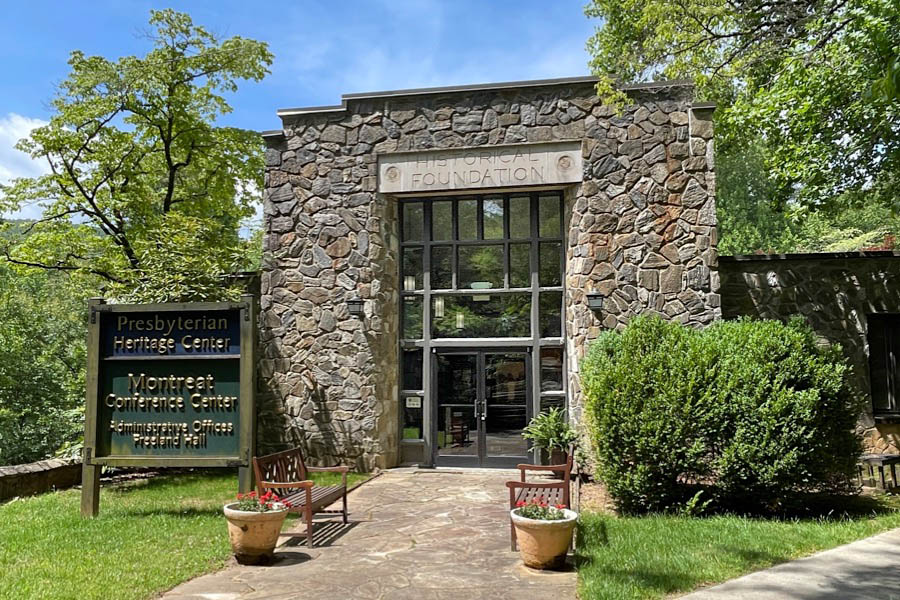
Montreat, NC / Jun 2023 / RWH
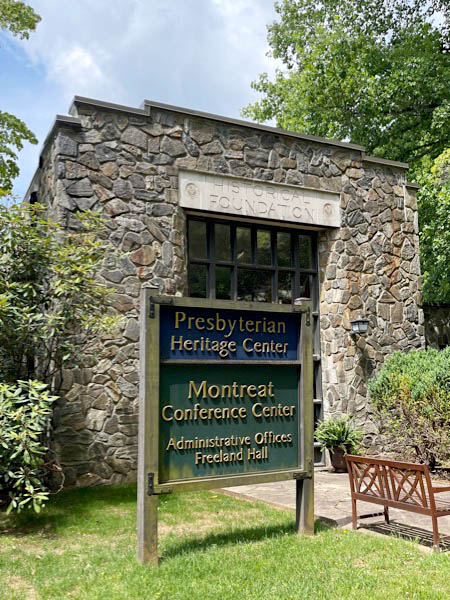
Jun 2023 / RWH

Click to see the Presbyterian Heritage Center plotted on a Google Maps page


1910 Official Guide map / collection

1910 Official Guide ad / collection

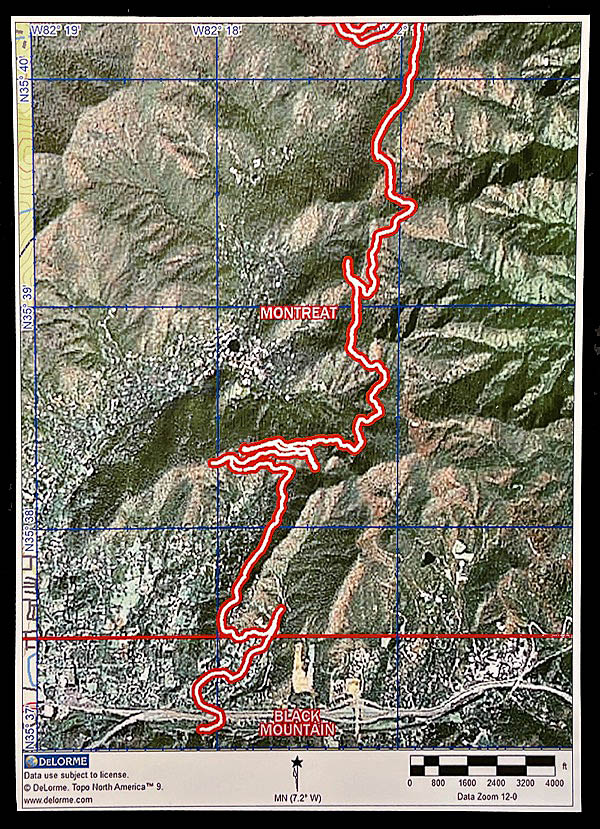
Jun 2023 / RWH
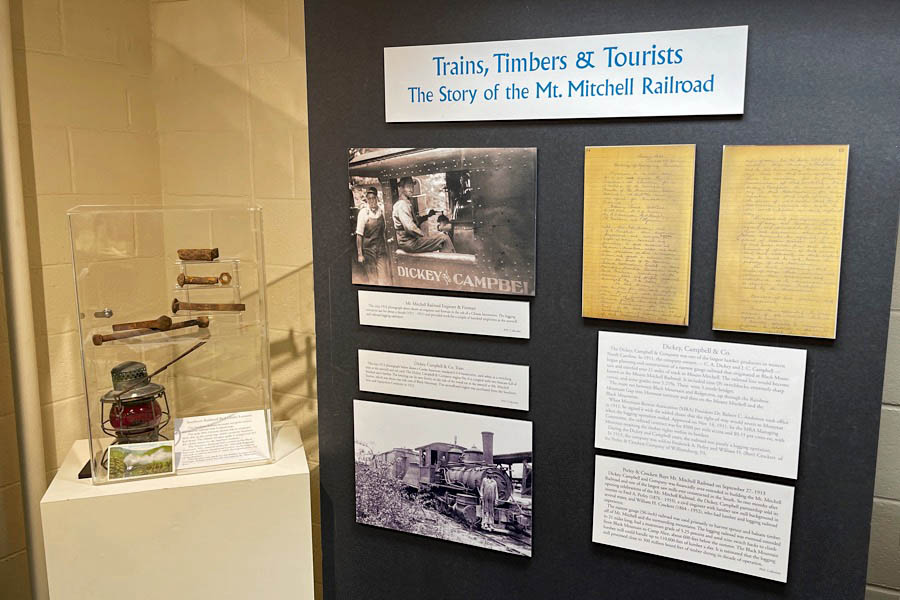
Jun 2023 / RWH
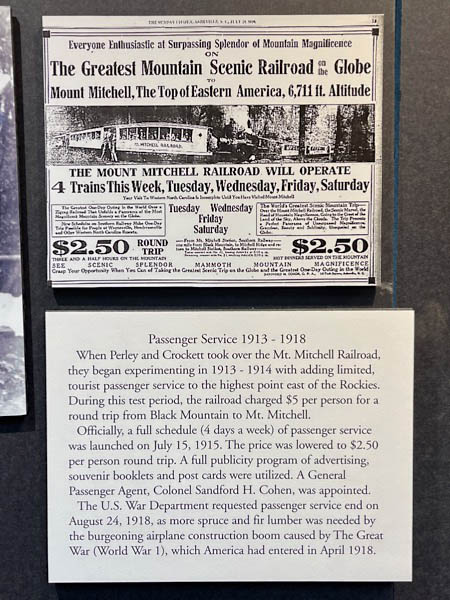
Jun 2023 / RWH

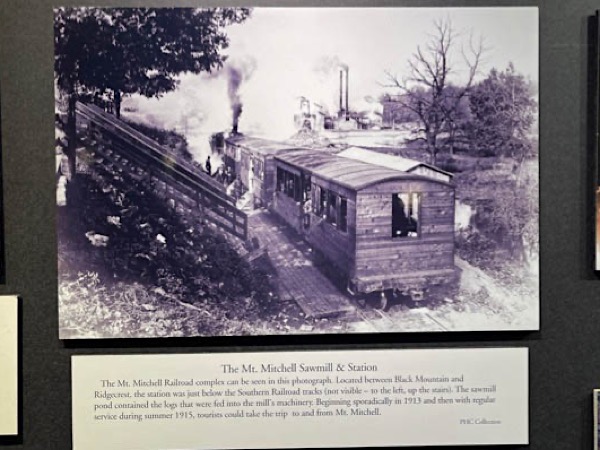
Jun 2023 / RWH
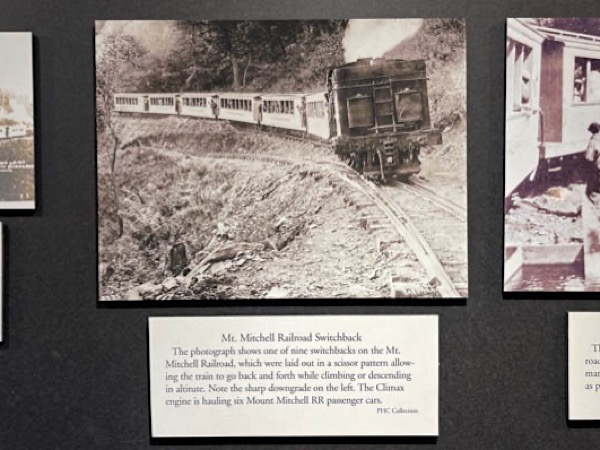
Jun 2023 / RWH
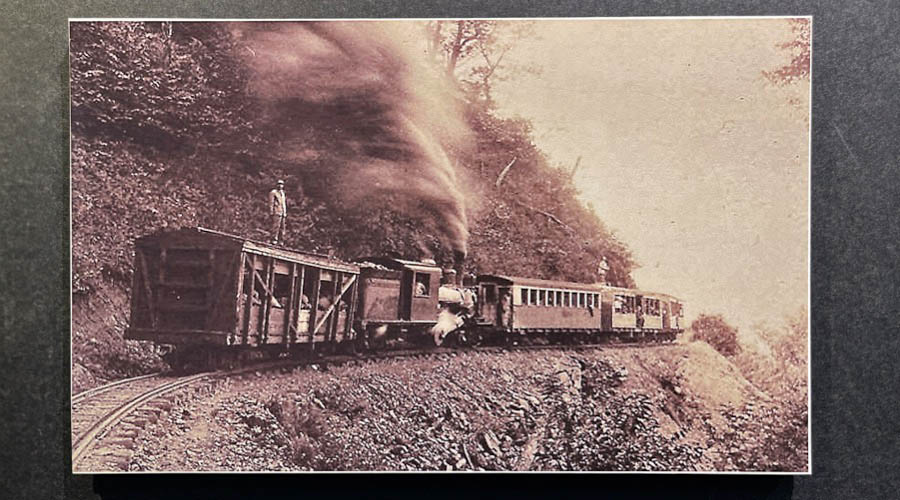
Jun 2023 / RWH

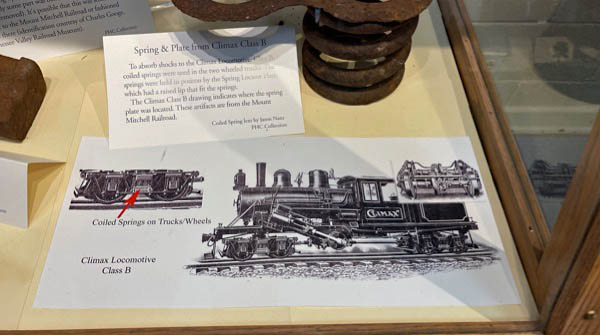
Jun 2023 / RWH
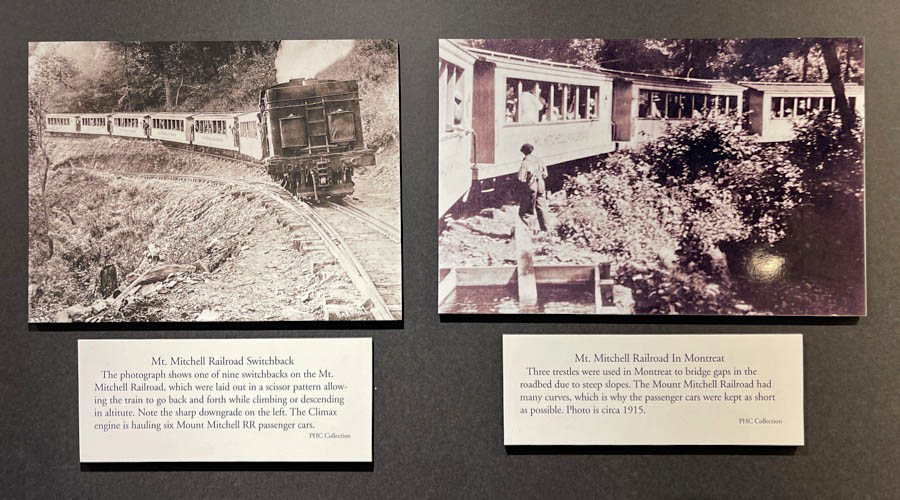
Jun 2023 / RWH
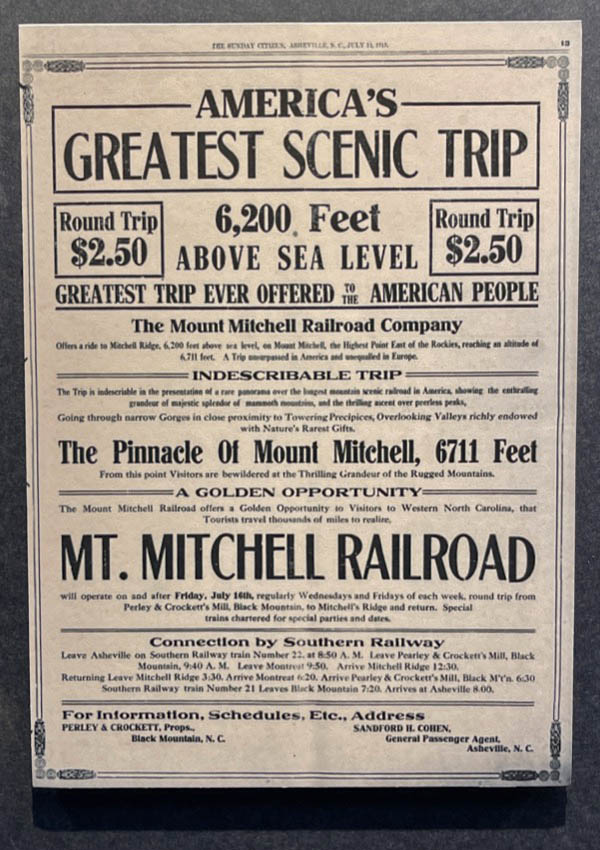
Jun 2023 / RWH

Jun 2023 / RWH

collection
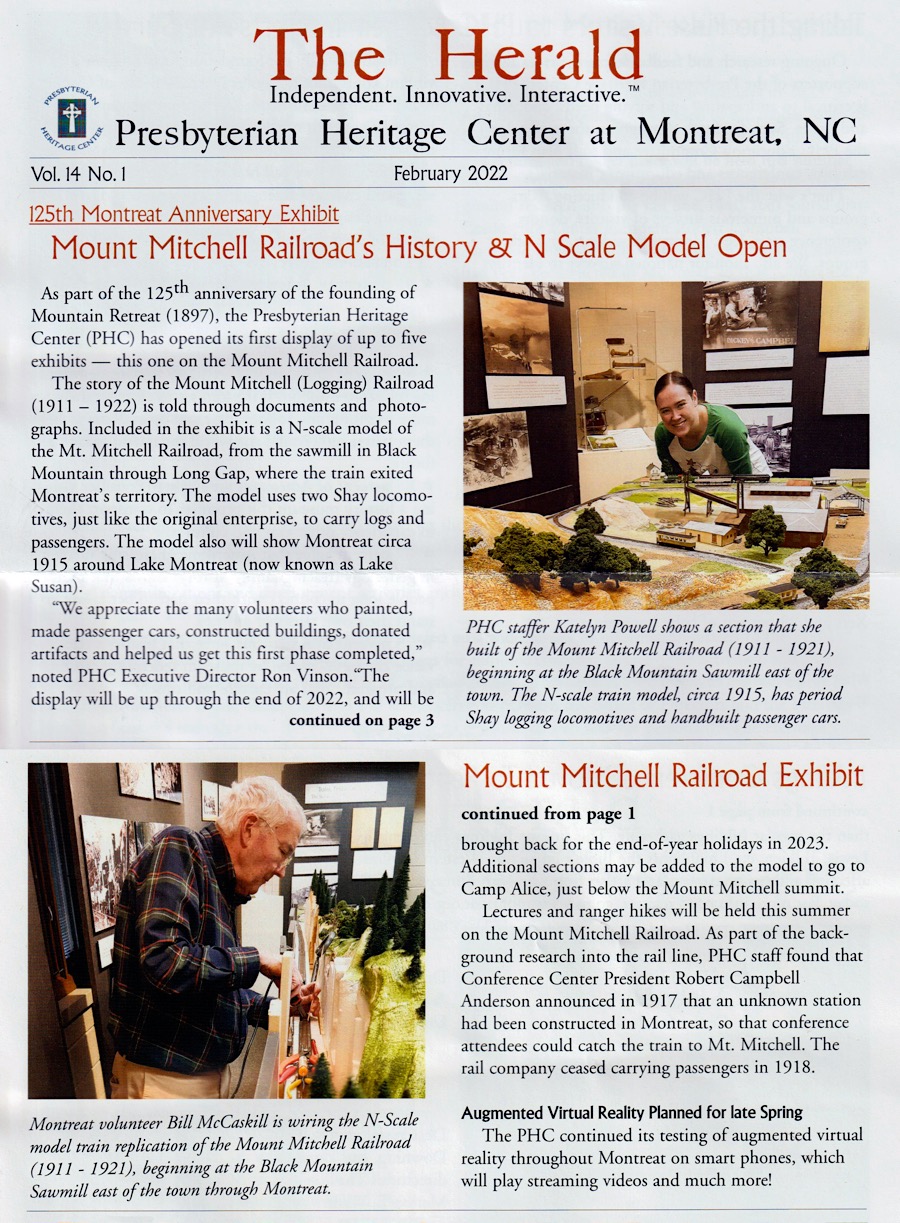
Feb 2022 / collection

Jun 2023 / RWH
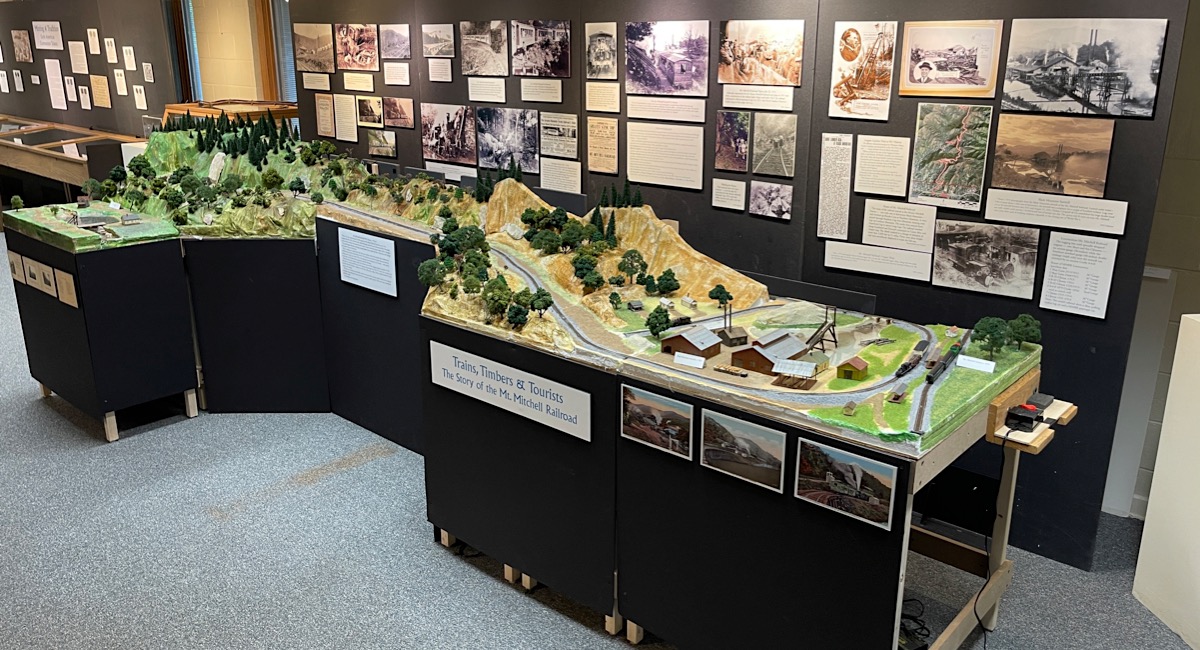
Jun 2023 / RWH
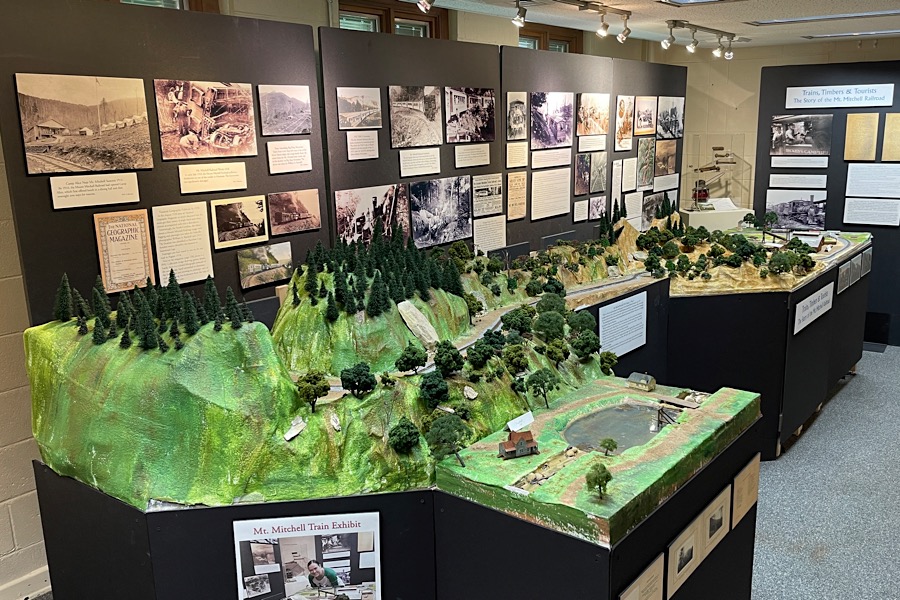
Jun 2023 / RWH
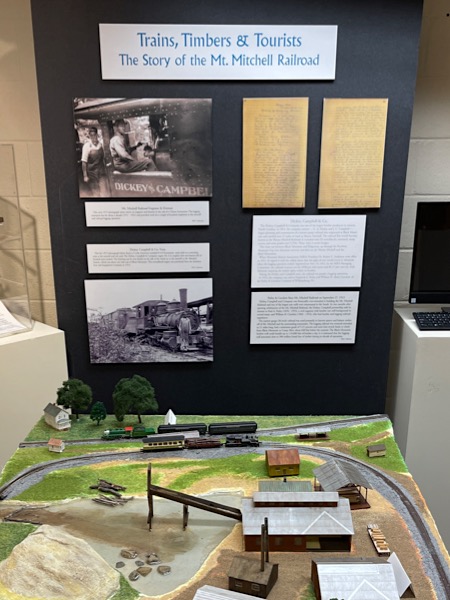
Jun 2023 / RWH
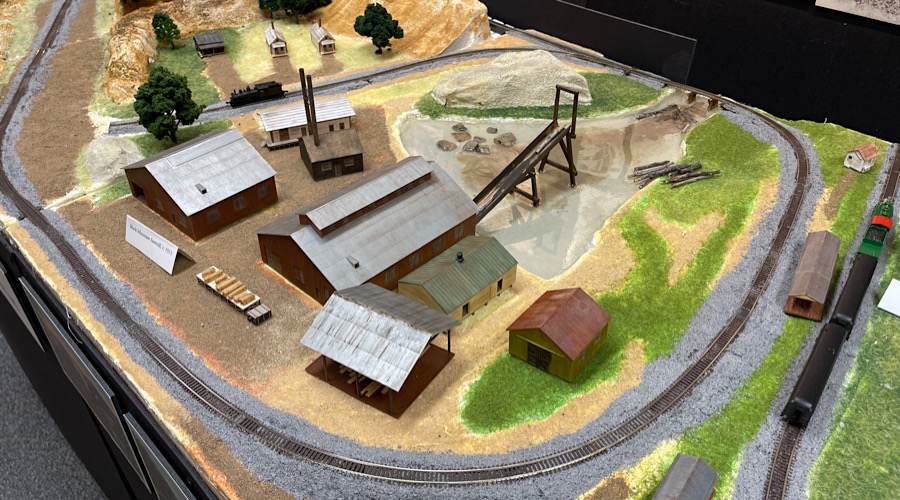
Jun 2023 / RWH
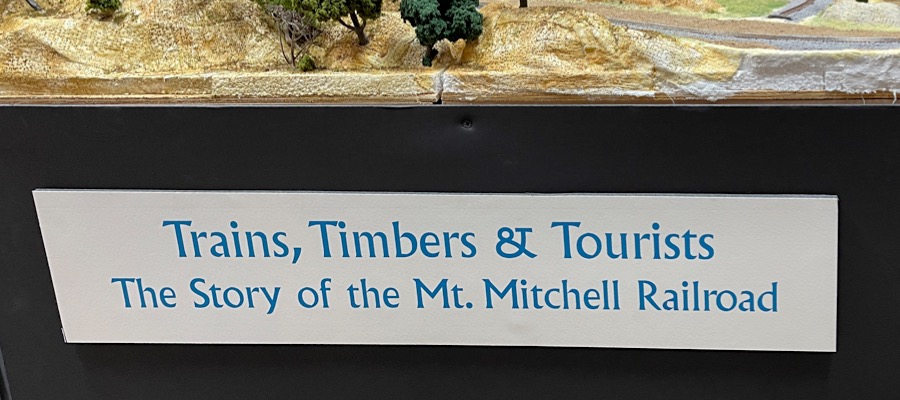
Jun 2023 / RWH

Jun 2023 / RWH
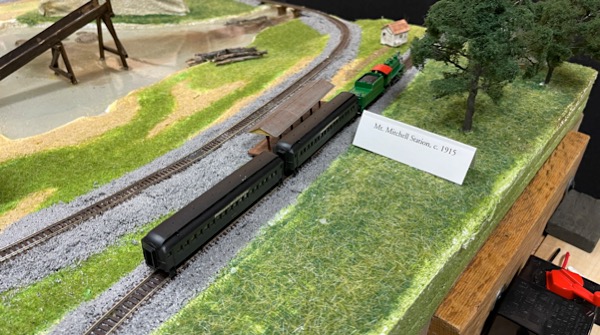
Jun 2023 / RWH
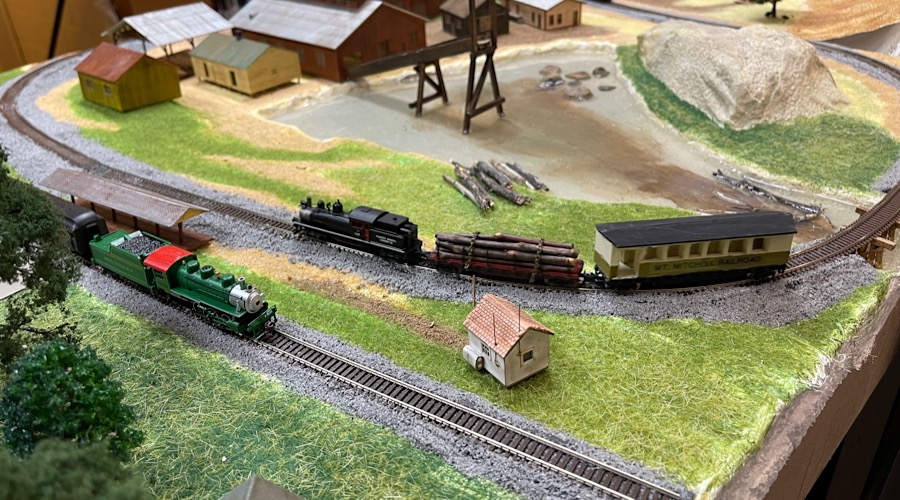
Jun 2023 / RWH
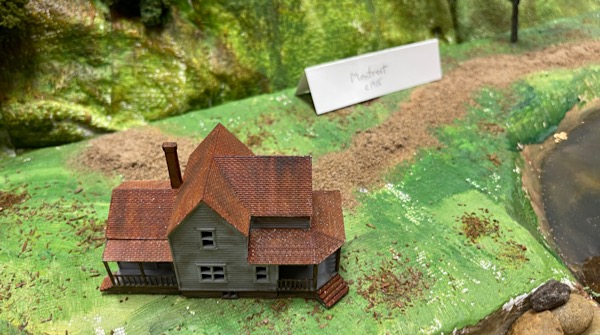
Jun 2023 / RWH
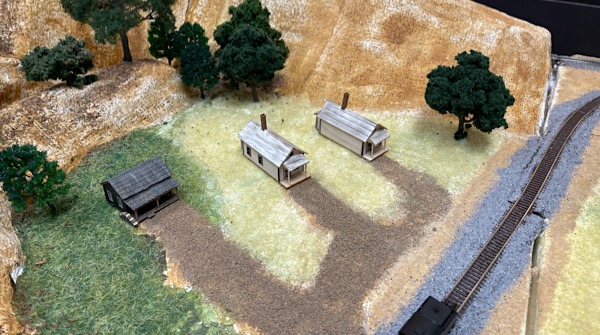
Jun 2023 / RWH

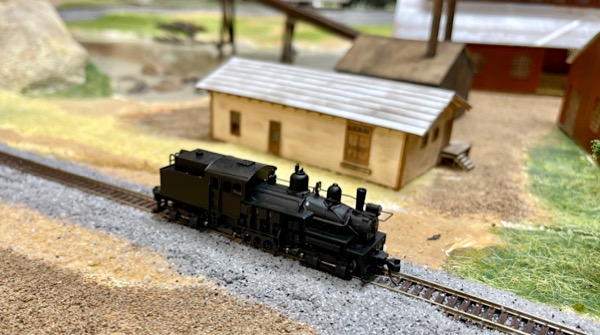
Jun 2023 / RWH
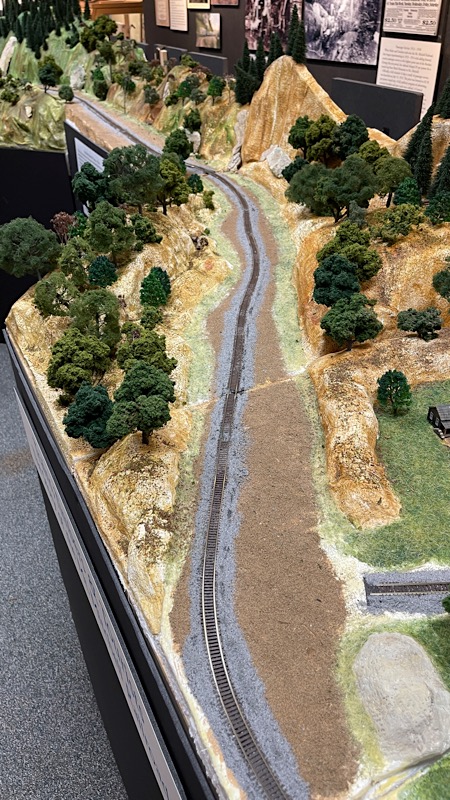
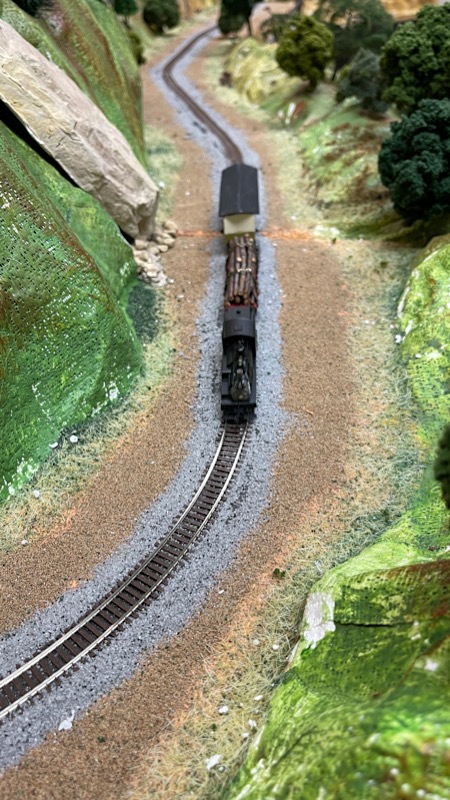


Jun 2023 / RWH
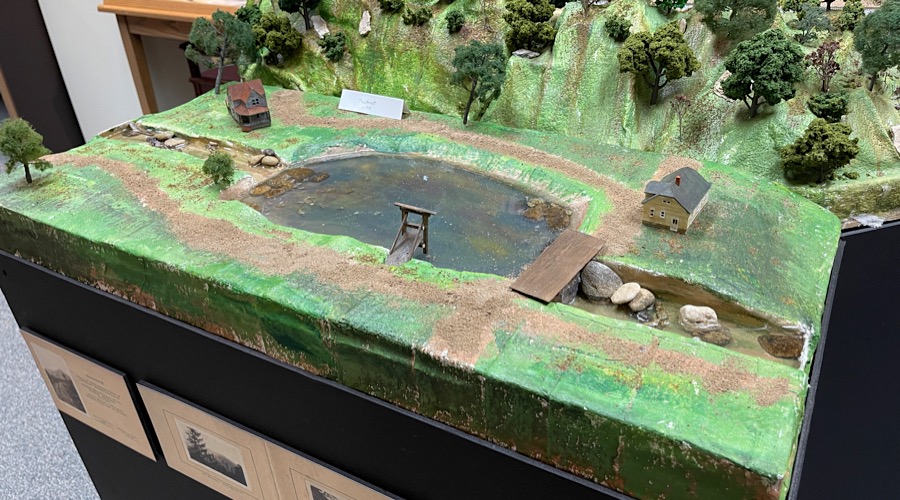
Jun 2023 / RWH
 Article
Article
Taking the High Roads
Before the Blue Ridge Parkway paved the way, Mt. Mitchell’s visitors rode storied rail lines and motor routes to the top
May 2014
Today, you can drive a scenic highway almost all the way to the crest of the highest elevation east of the Mississippi. As an old mountain ballad noted, it wasn’t always so easy: “It’s a long hike to old Mt. Mitchell, it’s a long way to go,” the song went. “It’s a long hike to old Mt. Mitchell, the highest peak I know.”
Scaling the 6,683-foot mountain was indeed a hard slog. After all, Elisha Mitchell, who famously documented Mt. Mitchell’s height and posthumously gave his name to it, plunged to his death there during a climb in 1857. But early in the 20th century, commercial explorers created motorized routes that put Mt. Mitchell’s summit increasingly within reach.
Civic and business leaders in nearby Black Mountain were the biggest early advocates of creating mass transit to the top of the mountain. On the one hand, the desire to build a new tourism base was strong, noted local historian Jeff Lovelace in his 1994 book, Mount Mitchell: Its Railroad and Toll Road. What’s more, he wrote, railroad tycoons and logging companies “wanted to get their hands on the enormous virgin forests in the Black Mountain range.”
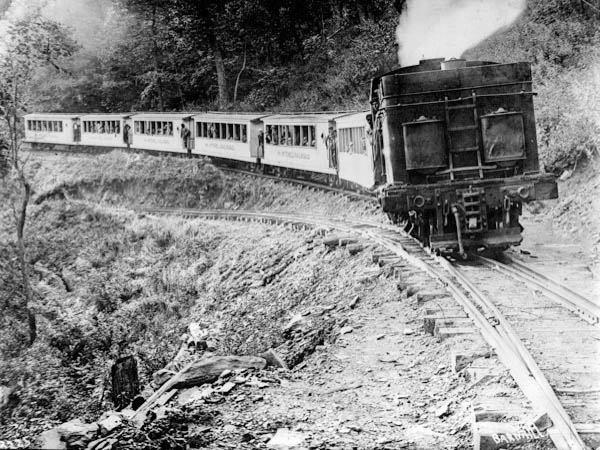 In the summer of 1915, both tourists and logging interests took to the rails with the completion of the Mt. Mitchell Railroad, which spanned a winding, 21-mile route from a base in Black Mountain. It arrived at Camp Alice, a mountainside clearing dotted with cabins, tents, and a dining hall, just a quarter-mile trek from the top of Mt. Mitchell. The railroad carried tourists up and down the mountain, and timber on a one-way trip down.
In the summer of 1915, both tourists and logging interests took to the rails with the completion of the Mt. Mitchell Railroad, which spanned a winding, 21-mile route from a base in Black Mountain. It arrived at Camp Alice, a mountainside clearing dotted with cabins, tents, and a dining hall, just a quarter-mile trek from the top of Mt. Mitchell. The railroad carried tourists up and down the mountain, and timber on a one-way trip down.
Mt. Mitchell’s lofty views proved a compelling draw. “Highest Railroad East of the Rockies,” one newspaper ad boasted. “A scenic marvel presenting a peerless panorama of mountain magnificence.” In the railroad’s first year alone, some 15,000 sightseers purchased $2.50 round-trip tickets, despite the fact that it was a somewhat taxing jaunt. The ride was three hours to the top, and three and half on the journey downward.
As much as the railroad opened access to Mt. Mitchell, though, it ravaged it. It took only four years for loggers to deforest most of the mountain, and their operations took prerogative in 1919, so much so that passenger trips were canceled. By 1921, there was effectively no wood left to harvest, so the logging trains stopped as well.
By then, Americans were increasingly drawn to a new type of transportation, the rapidly advancing automobile. In 1922, the hastily built Mt. Mitchell Motor Road opened, and caravans of cars streamed up the single-lane bed of rock, dirt, and cinders, on a toll route that mostly paralleled the rail line. A promoter was fond of saying the road was “making the apex of Appalachia accessible.” With dining, lodging, mountain music, and walks among the clouds on offer at the re-invigorated Camp Alice, now just two hours away, it became one of WNC’s ultimate day trips.
So great was the attraction that an entrepreneur soon built another roadway, this one from the western, Yancey County side of the mountain. The Big Tom Wilson Motor Road, opened in 1925, was deeply rooted in Mt. Mitchell’s history. “Big Tom” was the renowned bear hunter and Daniel Boone descendant who found Elisha Mitchell’s body. His grandson, Ewart Wilson, commissioned the 11-mile toll road, which, like its predecessor, built a unique culture around a rough-hewn style of tourism.
Ewart, also a formidable bear hunter, escorted bands of sportsmen up the road. Along the route, at Stepps Gap, he added new facilities to accommodate tourists, including a restaurant, souvenir shop, and small inn. His road wasn’t exactly a joy ride, though. “It went through some of the roughest country you ever saw,” remembers Ewart’s grandson, David Boone, who still lives in the area. “There was a lot of rock and a lot of cliffs to navigate.”
In the late 1930s, the Blue Ridge Parkway opened a modern, paved path to Mt. Mitchell, and the two toll roads closed. Remnants of both are still popular with hikers today, and each fall, the Swannanoa Valley Museum leads a caravan of vehicles up the bumpy bed of the old Mt. Mitchell Motor Road.
Of course, most contemporary visitors favor the Parkway as a means of scaling Mt. Mitchell. According to the N.C. Division of Parks and Recreation, almost a quarter million visitors now take that route each year, following in the hard-won pathways of those who reached for the mountain’s heights long ago.
Jon Elliston / Western North Carolina Magazine
 Snapshots
Snapshots

Montreat, NC / Jun 2023 / RWH

Montreat, NC / Jun 2023 / RWH
Links / Sources
- Presbyterian Heritage Center at Montreat website
- Taplines Mount Mitchell Railroad page
- North Carolina Railroads Mount Mitchell page
- NCpedia Mount Mitchell Railroad entry
- Jon Elliston — Taking the High Roads — WNC Magazine


